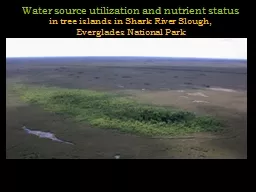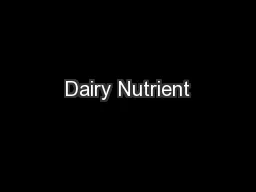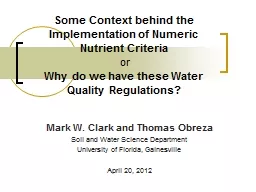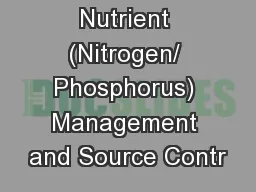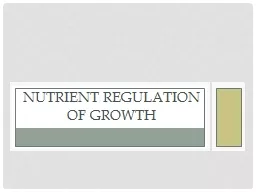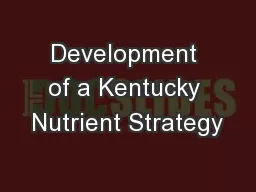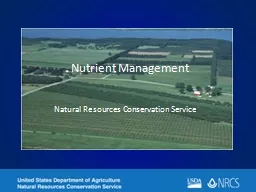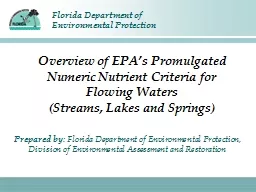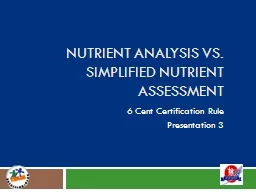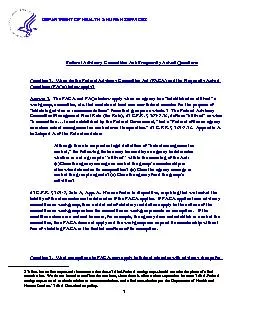PPT-Nutrient Criteria Development Advisory Workgroup
Author : alexa-scheidler | Published Date : 2017-08-08
Welcome Moderator Director Kelly Holligan Water Quality Planning Division Water Quality Standards Staff Introductions Jim Davenport Laurie Eng Fisher Jason Godeaux
Presentation Embed Code
Download Presentation
Download Presentation The PPT/PDF document "Nutrient Criteria Development Advisory W..." is the property of its rightful owner. Permission is granted to download and print the materials on this website for personal, non-commercial use only, and to display it on your personal computer provided you do not modify the materials and that you retain all copyright notices contained in the materials. By downloading content from our website, you accept the terms of this agreement.
Nutrient Criteria Development Advisory Workgroup: Transcript
Download Rules Of Document
"Nutrient Criteria Development Advisory Workgroup"The content belongs to its owner. You may download and print it for personal use, without modification, and keep all copyright notices. By downloading, you agree to these terms.
Related Documents


